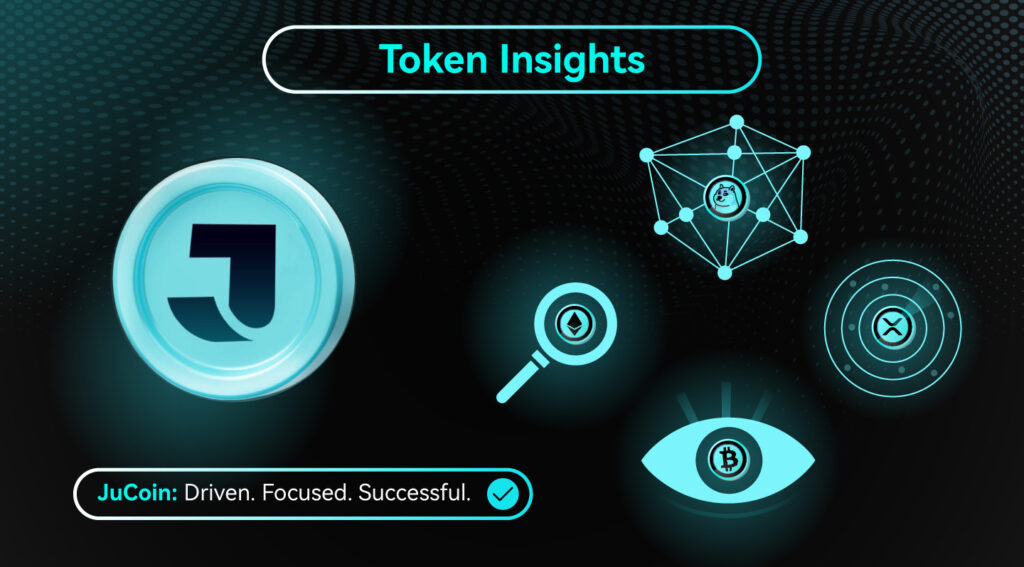
InterLink proposes an innovative dual-token model designed to blend compliance requirements with network vitality. By differentiating the functions of $ITL and $ITLG, it simultaneously protects institutional reputation and incentivizes human nodes. Institutions holding $ITL gain “Human Layer” access rights through staking, while genuine user nodes earn $ITLG mining rewards via facial recognition and referral mechanisms. This Token Insights article will comprehensively dissect InterLink’s tokenomics design, staking models, DAO governance, and real-world applications, revealing how it centers on people to drive the long-term sustainable development of a decentralized network.
Abstract: InterLink adopts a dual-token architecture: $ITL carries institutional staking and compliance attributes, $ITLG drives human nodes and community governance; combined with DAO voting and validation mechanisms, it builds a sustainable crypto economy.
How Does the Dual-Token Model Work?
According to the official whitepaper, the core of InterLink’s dual-token framework lies in separating compliance from participation:
$ITL (Compliance Layer)
-
Total supply of 1 billion, primarily allocated to institutions and the ecosystem stabilization fund.
-
Holders must stake a certain amount of $ITL to gain node permissions on the “Human Layer,” endorsing node behavior reputationally.
-
The staking mechanism prevents malicious nodes and secures the network.
$ITLG (Incentive Layer)
-
Total supply of 10 billion, 80% allocated to human nodes verified via facial recognition and social referrals, and 20% to ecosystem incentives and governance funds.
-
Nodes earn daily $ITLG mining rewards based on activity, validation quality, and community contributions, ensuring real users remain online and actively maintain the network.
This design allows institutions and individual users to play complementary roles within the same ecosystem: institutions enforce rules with $ITL, and users contribute energy through $ITLG incentives, balancing network security with community vitality.
How Does InterLink Drive Sustainability via Staking and Human Nodes?
InterLink combines staking mechanisms with human nodes to form a unique complementary relationship:
Institutional Staking of $ITL
-
Once staked, institutions can deploy services or access APIs, earn a share of transaction fees, and must maintain reputation or face partial stake slashing.
-
This encourages long-term institutional investment in ecosystem development.
Human Node Validation
-
Ordinary users applying to become nodes must complete facial recognition verification and receive a referral from an existing node.
-
The system scores each node on online time, task completion, and community feedback—higher scores yield greater mining rewards.
Through this mechanism, InterLink avoids the centralization risks of traditional PoW/PoS and effectively curbs bot-script reward farming. Genuine user nodes enhance network security and strengthen community belonging, laying a foundation for long-term ecosystem health.
How Does InterLink Implement DAO Governance?
According to BSC.NEWS, InterLink’s governance system uses $ITLG as its medium, allowing all token holders to participate in decision-making:
Proposal Submission
Any user or node holding a minimum amount of $ITLG can submit governance proposals—protocol upgrades, fee adjustments, fund allocations, etc.
Voting Mechanism
Linear voting gives 1 vote per $ITLG, preventing whales from dominating. Once voting ends, smart contracts automatically execute decisions without manual intervention.
Transparency Guarantee
All proposals, vote records, and execution results are on-chain and auditable, ensuring every decision aligns with decentralization principles.
As $ITLG is released, governance participation and community influence expand, providing InterLink with strong self-evolution capabilities.

Real-World Applications
Humanitarian Aid
Peer-to-peer payments let NGOs send micropayments to disaster victims without intermediaries, reducing corruption and misuse. Endorsements by $ITLG holders make transactions transparent and auditable.
Financial Inclusion
In markets like Southeast Asia and Africa, verified nodes enable digital payments and microloan matching for unbanked individuals and small merchants, significantly increasing financial access.
Identity & Data Incentivization
Nodes that pass facial verification and referrals can securely license private data to academic or corporate institutions in exchange for $ITLG rewards, closing the loop on data ownership and monetization.
Decentralized Social & Voting
High-reputation nodes can initiate community polls or collaborative projects, earn $ITLG, drive feature testing, and build the ecosystem—fostering a “build-and-govern-together” culture.
Ecosystem Partnerships & Future Outlook
Global Node Expansion
Target 50+ countries by end-2025, recruiting validator nodes via regional partners to serve underbanked communities.
Cross-Chain Interoperability
Launch bridges to Ethereum, Avalanche, Cosmos, etc., allowing $ITLG to flow freely across ecosystems and boosting liquidity.
Modular SDK Release
Provide a Human Layer SDK for developers to integrate human-node validation and staking quickly, catalyzing vertical-industry use cases.
Academic & Regulatory Collaboration
Partner with universities and sandbox programs to research sustainable crypto economies, supply empirical data to regulators, and drive compliant evolution.
Decentralized Autonomy Upgrade
Introduce an InterLink Rating (IR) system in the mid-to-long term to score nodes and institutions, coupling incentives and penalties to enhance resilience and efficiency.
FAQ
Why Two Tokens?
Separating institutional compliance ($ITL) from individual incentives ($ITLG) balances network security with community vitality.
How Do I Become a Node?
Complete facial recognition and referral verification to join the Human Layer, then earn $ITLG based on your activity and contributions.
What Are the Benefits of Staking $ITL?
Staking $ITL unlocks deployment permissions, transaction fee shares, and institutional reputation endorsement, but also carries reputation risk.
How Do $ITLG Holders Participate in Governance?
Hold $ITLG to submit and vote on proposals for protocol upgrades, fee models, and fund allocations.
Key Points
Dual-Token Architecture: $ITL ensures compliance and stability; $ITLG incentivizes real users and governance.
Human-Centered: Facial recognition and social referrals guarantee node authenticity, preventing bots and cheating.
DAO Co-Governance: Linear voting and automated smart-contract execution deliver transparent decentralization.
Multi-Scenario Deployment: Covers humanitarian aid, financial inclusion, data incentives, and social governance.
Sustainable Upgrades: Global expansion, cross-chain interoperability, and autonomous rating systems support long-term healthy growth.




